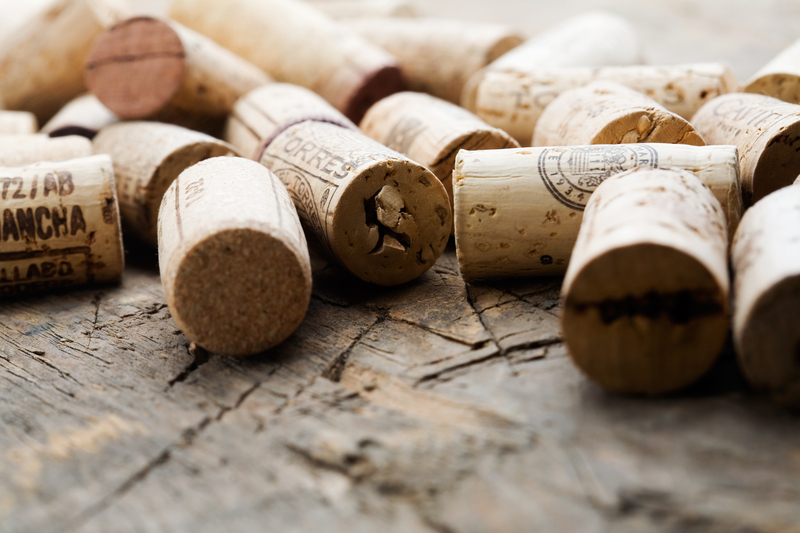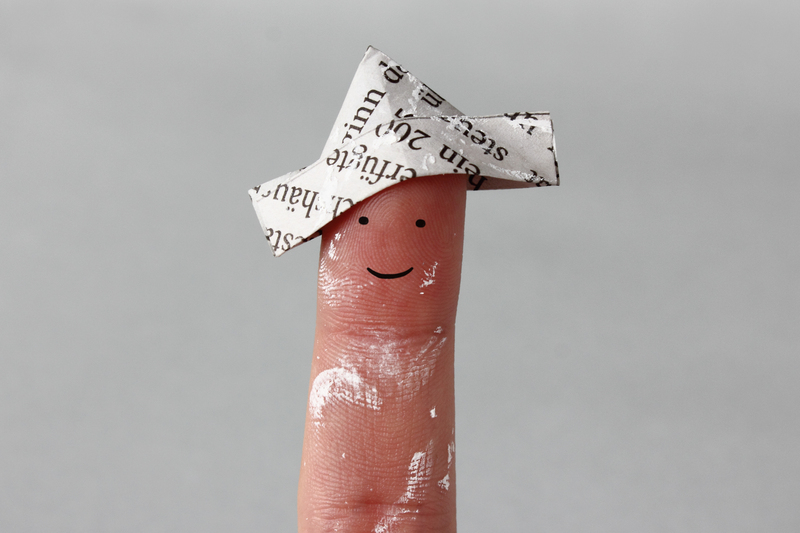Essential Plastics to Shun for a Healthier Earth
Plastic pollution has become one of the greatest environmental challenges of the modern era. Every year, millions of tons of plastics find their way into our oceans, landscapes, and food chains, causing lasting damage to wildlife and human health. While plastic has its place in innovation, there are key plastics to avoid for those aiming to build a more sustainable planet. In this comprehensive guide, we explore the essential plastics to shun for a healthier Earth, their impacts, alternatives, and how you can make meaningful changes.

Why Shunning Certain Plastics Is Essential
Not all plastics are created equal. Some are recyclable, biodegradable, and less harmful; others are persistent pollutants, toxic to both nature and people. Recognizing the most detrimental plastics is a crucial first step in making informed choices for a greener planet.
- Toxicity: Certain plastics leach harmful chemicals into food and drink.
- Persistence: Some types break down very slowly, staying in the environment for centuries.
- Recyclability: Many plastics are rarely recycled due to complexity or economics.
By deliberately avoiding essential plastics that damage the earth, individuals and businesses can dramatically reduce ecological footprints.
Top Plastics to Avoid for a Healthier Earth
1. Polyethylene Terephthalate (PET or PETE) - #1
PET is one of the most common plastics, found in water bottles, soft drink containers, and many packaging products. While PET is technically recyclable, in reality less than 30% globally are actually recycled.
- Environmental Impact: PET bottles contribute massively to ocean and land pollution.
- Health Risks: When exposed to heat, PET can leach antimony and other chemicals.
- Alternatives: Use glass, stainless steel, or refillable containers for beverages and storage.
Tip: Carry your own reusable water bottle to minimize PET plastic use and support a healthier earth.
2. High-Density Polyethylene (HDPE) - #2
HDPE is widely used in milk jugs, detergents, and grocery bags. Its durability makes it a persistent pollutant in the environment.
- Slow Breakdown: HDPE can last for hundreds of years in landfill or as litter.
- Marine Harm: Easily fragments into microplastics, harming aquatic life.
- Sustainable Swap: Select packaging-free goods or those in paper, glass, or metal.
3. Polyvinyl Chloride (PVC) - #3
Among the most toxic plastics, PVC is used in piping, toys, shower curtains, and some food packaging. It releases hazardous chemicals during production, use, and disposal.
- Health Concerns: Can leach phthalates, which are linked to hormonal disruption, and dioxins, potent carcinogens.
- Poor Recycling: PVC is rarely recycled due to additive complexity.
- Better Alternatives: Choose wood, cotton, or safer plastics marked #2, #4, or #5 where needed.
4. Low-Density Polyethylene (LDPE) - #4
Commonly found in plastic bags, bread packaging, and cling films, LDPE is tough on the environment.
- Litter Problem: LDPE bags are among the most visible plastic pollutants in nature.
- Wildlife Hazard: Animals often mistake bags for food, leading to fatal blockages.
- Eco-Friendly Choice: Switch to reusable cloth bags and beeswax wraps.
5. Polypropylene (PP) - #5
PP is used in takeaway containers, straws, and yogurt pots. Though stronger than some plastics, it's still a recycling challenge.
- Recycling Issues: Not always accepted by recycling centers.
- Additives: May contain BHT, a potential endocrine disruptor.
- Greener Solution: Opt for compostable food packages and reusable containers.
6. Polystyrene (PS) - #6
Unmistakable for its lightweight, foamy texture, polystyrene (commonly called Styrofoam) is used in disposable cups, plates, takeout containers, and packing peanuts.
- Environmental Disaster: Polystyrene easily crumbles into microplastics.
- Toxic Danger: Production and breakdown releases styrene, a possible human carcinogen.
- Sustainable Alternatives: Use paper, bamboo, or bioplastics for food service.
Did you know? Millions of marine animals intake polystyrene particles, impacting entire food webs.
7. Other Plastics - #7
#7 plastics include a mix of polycarbonate, BPA-based plastics, and bioplastics. The category's ambiguity means it's best to avoid #7 plastics where possible.
- BPA Leaching: Polycarbonate containers often contain Bisphenol A (BPA), linked to developmental and reproductive issues.
- Low-Recyclability: Often impossible to recycle through municipal programs.
- Safer Pick: Use glass or stainless steel for bottles and food storage.
Dangers of Neglecting Essential Plastics to Avoid
Understanding why it's crucial to shun harmful plastics helps us realize the scale of the challenge:
- Wildlife Destruction: Plastics kill numerous animals via entanglement or ingestion, destabilizing ecosystems.
- Human Health: Plastic chemicals can disrupt hormones, cause cancers, and affect development.
- Climate Impact: Plastic production and degradation release greenhouse gases, worsening global warming.
By choosing to say "no" to essential plastics that harm our health and planet, we pave the way for a cleaner, greener future.
The Plastics You Should Always Shun--and Why
Problematic Single-Use Plastics
- Plastic Bags: Used briefly, persist for centuries. Over one trillion used yearly worldwide.
- Straws & Cutlery: Hard to recycle, easily ingested by marine life.
- Food Wrappers: Often made from multi-layered plastics, making recycling impossible.
- Microbeads: Tiny plastic particles in cosmetics and personal care products, directly enter water systems.
Non-Recyclable and Non-Degradable Plastics
These plastics, often labeled as multi-layer or composite plastics, combine different materials--making recycling and breakdown challenging.
- Chip Packets: Plastic-aluminum blends resist recycling.
- Juice Pouches: Impossible to separate plastic from foil for most recyclers.
Hidden Plastics in Your Daily Life
Even when aiming for a zero-waste lifestyle, some plastics sneak into everyday routines:
- Tea Bags: Some bay brands use plastic fibers that shed microplastics into your beverage.
- Receipts: Most thermal paper-coated receipts contain BPA or BPS-based plastics.
- Clothing: Synthetic fabrics like polyester, acrylic, and nylon shed microplastics in every wash.
Smart Steps to Avoid Essential Plastics for a Healthier Planet
Ready to make a positive change? Here are actionable ways to avoid the most harmful plastics for our environment:
- Identify Plastic Types: Learn the resin identification codes (numbers 1-7) found on plastic products to spot those to shun.
- Switch to Reusables: Bring your own shopping bags, coffee cups, cutlery, and containers.
- Prefer Bulk: Shop at zero-waste or bulk stores to avoid unnecessary packaging.
- Opt for Natural Materials: Choose wood, glass, metal, or certified biodegradable materials where plastic was once the norm.
- Support Legislation: Advocate for and support bans on single-use plastics and advancements in sustainable packaging.
- Stay Informed: Continually educate yourself and others about the plastics to avoid for a healthier Earth.
- Avoid Synthetic Clothing: Choose natural fibers like cotton, wool, or bamboo to limit microplastic shedding.
- DIY Solutions: Make your own cleaning and personal care products to skip plastic packaging and microbeads.
- Choose Ethical Brands: Support companies with transparent, sustainable supply chains and eco-friendly packaging designs.

Innovative Alternatives to Harmful Plastics
Transitioning away from plastics doesn't mean sacrificing convenience or quality. Here are safe and sustainable alternatives to plastic for your everyday needs:
- Stainless Steel & Glass: Best for bottles, food storage, and kitchenware.
- Bamboo & Wood: Ideal for brushes, utensils, and furniture.
- Natural Fibers: Opt for cotton, wool, or hemp for clothing and bags.
- Biodegradable Packaging: Look for certified compostable alternatives made from cornstarch, bagasse, or PLA.
- Pulp & Paper: For straws, containers, and plates--only when sourced from sustainably managed forests.
Tips to Recognize and Refuse Essential Plastics You Should Avoid
- Check for the recycling number on packaging; refuse plastics #3, #6, and #7 when possible.
- Ask vendors and manufacturers about packaging materials and their recyclability.
- Educate family and friends about the dangers of certain plastics--you'll multiply your impact!
Conclusion: Be the Change--Shun Essential Plastics for a Healthier Earth
The environmental, animal, and human health impacts of plastic pollution are undeniable. By identifying, avoiding, and replacing harmful plastics in our daily lives, we each contribute to a more sustainable future. The plastics to shun for a healthier planet--from single-use bags to toxic PVC and polystyrene--are found in many places, but so are their alternatives. With conscious choices, collective action, and a commitment to ongoing education, we can reduce our dependence on dangerous plastics and protect the planet for future generations.
Start today: Refuse, reduce, and replace the essential plastics to avoid. A healthier Earth begins with you.
```